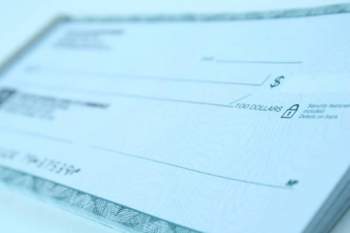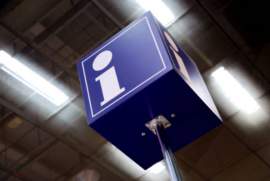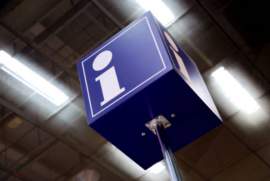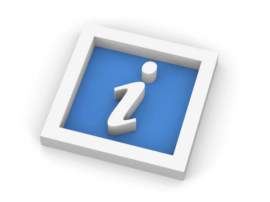
What are Bank Routing Numbers?

Must Read
A bank routing number or “routing transit number” is a series of nine digits that identify banks in the United States. These numbers are the means by which checks can be traced to specific financial institutions. Routing numbers are compiled semi-annually in the American Bankers Association Key to Routing Numbers but you may find bank routing numbers directories on the internet as these numbers do not change. Even as banks go out of business or are acquired by competitors, the routing number stays with the branch location. Why should I know my bank routing number Even for an individual that does not use checks, knowledge of bank routing numbers is essential for bank to bank transfers, especially direct deposit of wages. Without the routing number, no financial institution will be able to locate your bank account, or at least would have to expend considerable effort to do so. How are bank routing numbers formatted? The magnetic ink character recognition (MICR) form is a nine digit number commonly seen in distinct type on the bottom on checks. In magnetic ink character form, the first four digits are the Federal Reserve routing symbol, the next four are the banking institution identifier and the last digit is the check digit. This was the system that the Federal Reserve sued to administer routing numbers, with the first two digits representing the nearest of twelve Federal Reserve banks. For instance, the primary routing for Capital One Bank beings with “05”, signifying Richmond, Virginia as the closest Federal Reserve bank. In the fraction form, bank routing numbers is reflected with the Institution Identifier over the Federal Reserve routing symbol. This is an older format and a holdover from the manual processing of checks. This is generally located at the top of the check. There is also a two digit number preceding the fraction that was originally used in check processing but no longer used. What are resources to find my routing number? Your best bet to determine your routing number is to call your local bank’s branch. This is the guaranteed way to find your bank routing number. You may pay to use the ABA bank routing numbers directory, although most consumers and private individuals will have no use for such a service. Third party websites on the internet collect and categorize information on bank routing numbers, but there is no way to verify if this number is correct. When conducting a bank to bank transfer, automated banking systems will verify the bank routing number and prompt you to confirm that you have the correct routing number. The number may be an old number from a bank that used to exist in the area but is now owned by a competitor or has gone defunct. This is why contacting the local branch is the best possible solution to determine your bank routing number.


















